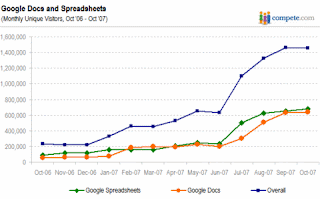
As John B. Horrigan, Pew Internet & American Life Project associate research director points out, the way people use the Internet today was not necessarily the way policymakers were told people would use it more than a decade ago.
In 1993, thinking focused much more on applications related to education, health care and improving democratic discourse, for example, that would use two-way video.
Today, online interactivity means something different. It is commerce, transactions, content gathering and, unexpectedly for many, content production, or user-created or user-generated media.
Simply put, the way content, information, gossip and tastes get produced and distributed is changing. That sort of thing used to be highly centralized and expensive. These days, anybody can speak; anybody can publish; anybody can participate.
That implies a different sort of information economy in the future; a new way of getting messages out; a new set of influencers to work with.
Also, the emergence of user-generated content also shows another common artifact of transformational technology: it gets used in ways even its creators did not anticipate. We should now be preparing for something else that frequently occurs with technology transformations.
Change seems less significant than many would anticipate, in the early stages. But the changes are far more significant as the shift takes hold. We are about to hit that stage.
As one example, what do you think the primary purpose of an enterprise data network is today? What do you think the purpose will be in five years? How do enterprises create networks today? How do you think they will be created in five years?
Tom Austin over at the Gartner Group might surprise you with his answers. He argues that the primary purpose of an enterprise network in five years will be to support social networking (think Facebook). And where enterprises these days tend to create and operate their own data networks, in the future they will find themselves outsourcing a number of those functions, if not the entire basic architecture, to "compute in the cloud" suppliers.
The reason social networking turns out to be so important for enterprises is that it allows very-large organizations, or highly-distributed groups of people, to discover what skills and insights the other people have, in ways that have been impossible up to this point.
One researcher or consulting team might be working on a problem someplace, and not know that somebody else, someplace else, has insight that can help solve the problem at hand. Social networking will help organizations and people create those links. Today, much of that insight is simply trapped inside organizations because nobody can conveniently discover whether it exists and where it exists.
The move to a highly-distributed computing framework is driven by mobility. When most people are mobile or distributed, a highly-decentralized computing architecture, assuming only the existence of Web browsers and broadband access, is highly useful and efficient.









